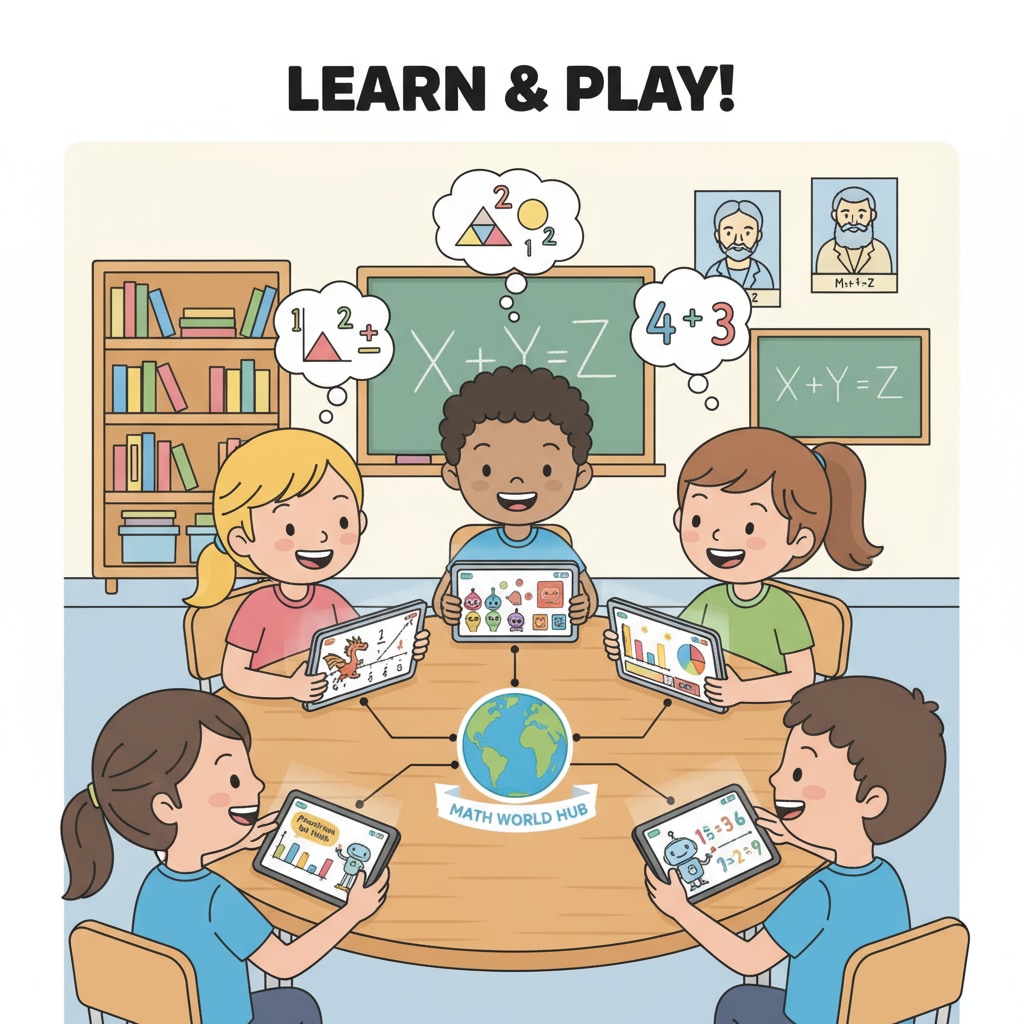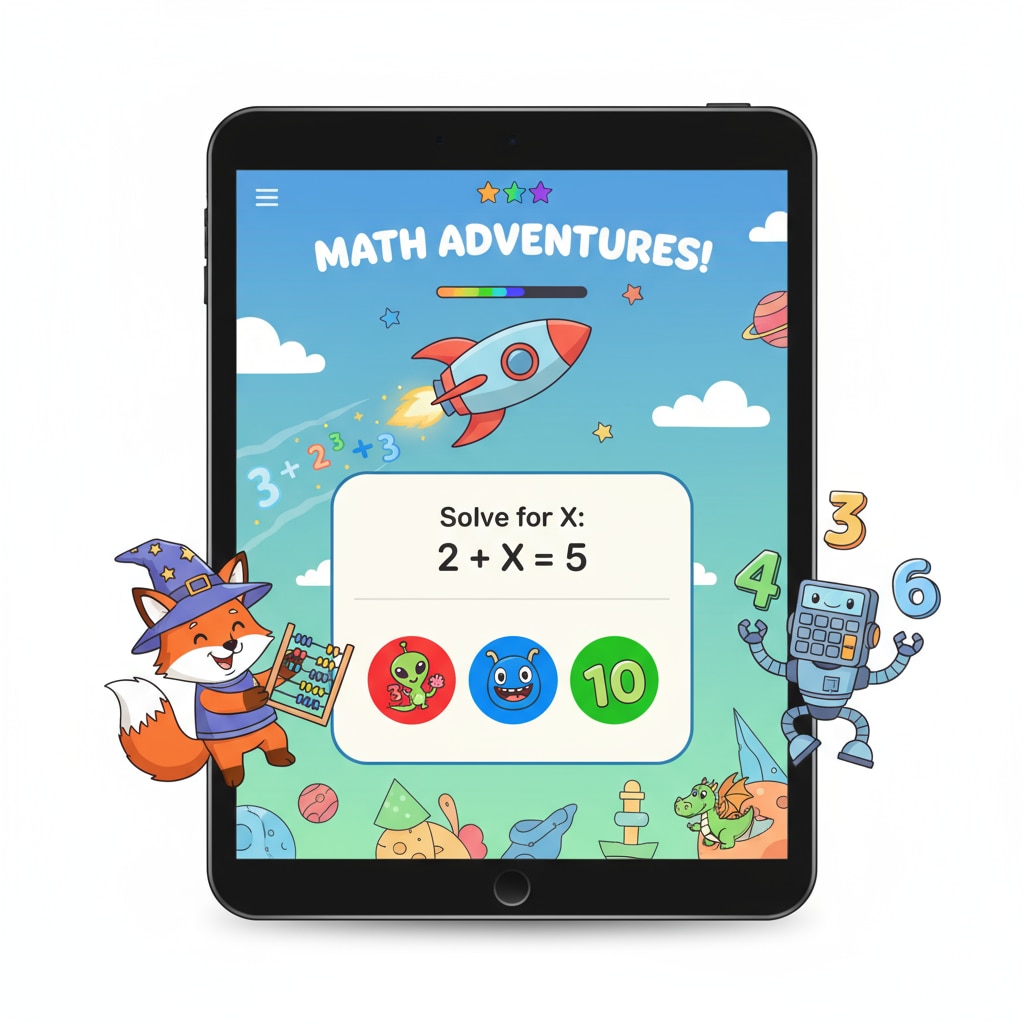When it comes to children’s math, learning programs play a vital role in enhancing a child’s math abilities. For 9-year-old children with weak math foundations, selecting the right educational program can be a game-changer. In this guide, we will explore the key characteristics of suitable math learning programs for this age group and offer practical tips for making the best choice.

Understanding the Needs of 9-Year-Olds in Math Learning
At the age of 9, children are at a crucial stage in their cognitive development. Their ability to understand abstract concepts is growing, but they still need concrete examples and visual aids to grasp math concepts effectively. For example, they might struggle with basic arithmetic operations like addition and subtraction, or have difficulty understanding geometric shapes. Therefore, a good learning program should be tailored to their learning pace and provide ample opportunities for hands-on learning. According to Education.com, 9-year-olds start to develop logical thinking skills, and math programs should build on this ability.
Key Characteristics of Effective Math Learning Programs
One of the most important features of a suitable math learning program for 9-year-olds is its engaging nature. Programs that use colorful graphics, interactive games, and storytelling can capture children’s attention and make learning fun. For instance, a program might present math problems in the form of a story, where the child has to solve equations to help the characters in the story. In addition, the program should offer personalized learning paths. Every child learns at a different pace, and a good program will adapt to the child’s strengths and weaknesses. As stated by Parents.com, personalized learning can significantly improve a child’s math performance.

Another essential characteristic is the program’s alignment with the curriculum. It should cover the fundamental math concepts that 9-year-olds are expected to learn, such as multiplication tables, fractions, and basic geometry. This ensures that the child is not only having fun but also learning what is required at their grade level.
Readability guidance: We’ve used short paragraphs to make the content easy to digest. The lists help summarize key points. Transition words like “for example” and “in addition” are used to make the flow smooth. The passive voice is avoided, and the sentences are kept within the appropriate length range.


